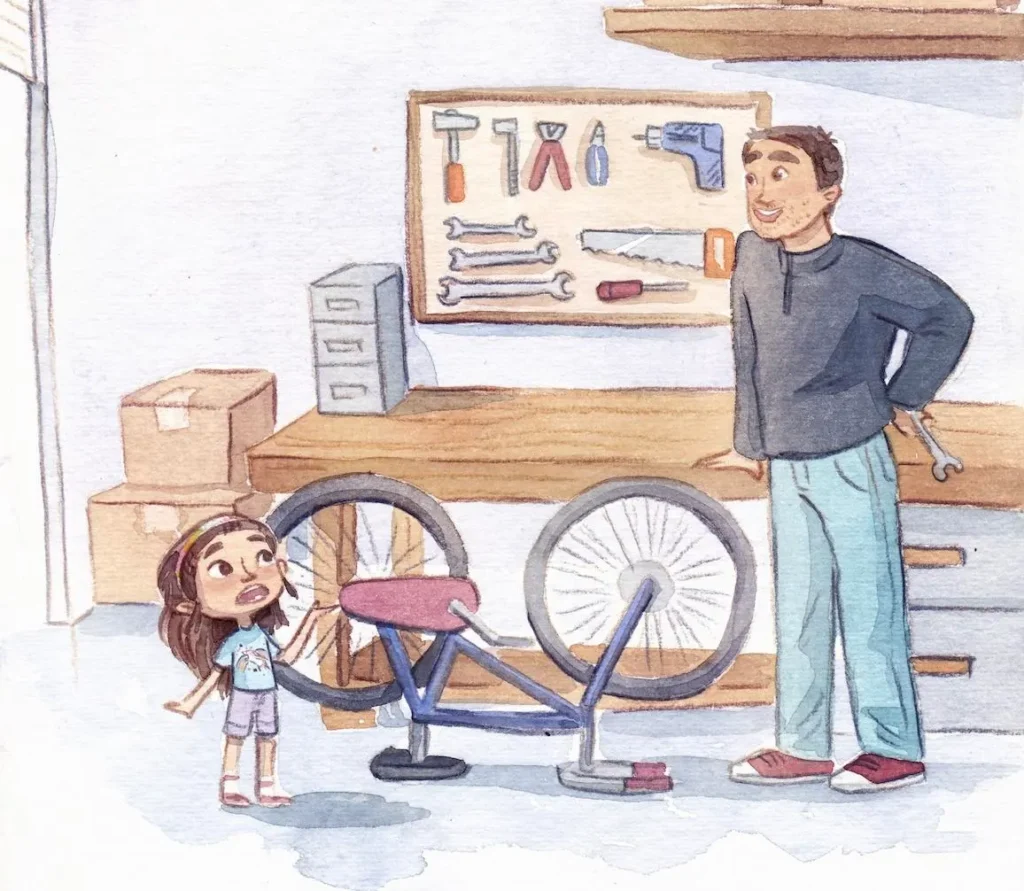February 18, 2016 / Esther Choy

Why is it worth our while to take the time to use storytelling in data presentations?
Four years ago my family and I moved into a bigger house. This move left me with lots of interior decorating tasks. Though the process itself was fun, working with the decorator could be frustrating.
Why did it frustrate me? I couldn’t articulate the reasons until two weeks ago, when I had an in-depth conversation on data storytelling with my good friend Greg Kim. Greg happens to work for a large online retailer and has a team of data scientists reporting to him.
Here’s how my eureka moment happened. Somehow the very topic of data storytelling brought back memories of a particular decorator…
“You know, Greg, when I worked with my contractor I naturally had some questions… about pricing, delivery dates, or why a certain product wasn’t available. But instead of answering directly, my decorator seemed to be taking me on a tour with no destination in sight!”
I continued, “She would tell me how a certain company’s supply chain works, how she went to a ‘work room’—but I had no idea what that meant— and how when she was at the ‘work room’ she made lots of direct inquiries. And then she offered me communication details she’d had with her seamstress…. Sometimes, after what felt like forever, I finally had the answer at the end. But more often, not a single answer made any sense to me. And it’s not just the decorator. Many contractors do that!”
Greg, in his wise and calm way, asked me, “You know why they do that, right?”
I blurted out, “Um… cuz then they can charge me more money?” Since most contractors charge by the hour, it would make sense that the more time they spent working on my projects, long winded explanations included, the more money they made.
“No!” Greg responded, representing the voice of reason as usual. “They do that to show you their value. They want you to know how hard they’ve worked for you, how knowledgeable they are, and how they have gone above and beyond to bring you what you want.
”Eureka! This little tangent in our data storytelling conversation helped me understand why in so many data presentations, answers don’t seem to part of the menu.
Indeed, too often the answers the data provide don’t match the questions the stakeholders have, says Kimberly Silk, data librarian for University of Toronto’s Martin Prosperity Institute. “The challenge when using data to support evidence-based decision-making is, that while we collect lots of data, and we have lots of answers, we are often guilty of not answering the question,” says Silk in the article “Acting on Big Data.”
Data storytelling comes to the rescue, helping us keep audience and purpose in mind while delivering data in a way that will connect with our audience’s deepest cognitive needs.
What is data storytelling anyway? And why is it worth our while to take the time to use storytelling in data presentations?
Why Data Presentations Need Stories
Data storytelling is “a structured approach for communicating data insights more effectively to an audience using narrative elements and data visualizations,” says Brent Dykes, Evangelist for Customer Analytics at Adobe.
And those narrative elements are not just “extras”— fancy flourishes that make your presentation slicker. No, those narrative elements are crucial for data-driven presentations because the human mind is built to process stories, rather than cold, hard logic. When we have to process logic outside of a story, says Jag Bhalla in a Scientific American blog post, it is much harder than processing it within the story.
And since we are built to process our lives through story, “Any story we tell of our species, any science of human nature, that leaves out much of what and how we feel is false,” says Bhalla.
That’s right—not only is a presentation built around human stories more user-friendly for our brains, it also stands a greater chance of telling the truth. After all, the underlying truth about data is not the statistics, but what the statistics represent and what they mean.
“Data scientists want to believe that data has all the answers,” say Jeff Bladt and Bob Filbin in Harvard Business Review. “But the most important part of our job is qualitative: asking questions, creating directives from our data, and telling its story.”
Choosing the Right Type of Story
What kinds of stories can you tell with that data you’ve labored to collect? Writing for Harvard Business Review, Tom Davenport, a professor of IT and Management at Babson College, has has classified the kinds of data stories presenters are most likely to need to tell, including:
- Stories of time: reporting on what happened last quarter or last week, surveying customers to try to establish their current preferences, or creating statistical models to apply the past to the future.
- Stories of focus: homing in on a particular part of the data like what actually happened or why it happened.
- Stories of method: shaping the story based on the research method used to gather the data (like telling a story that emphasizes how the data are correlated).
Let the Telling Begin
What kind of story you tell depends on the research you do or what your audience needs to know. For how to tell a story well during data presentations, we’ll go back to Brent Dykes of Adobe.
First, he advises structuring a data story around one central idea, adding that “it should have an intended end point or destination that drives discussion and action.”
Second, he reminds analysts to add enough relevant context and commentary so that the audience can grasp what the data mean.
Third, arranging this well-explained data in a linear sequence will keep the audience from getting bogged down in the numbers, he says.
Finally, as you consider the linear “plot” of your data, consider what else you can borrow from classical storytelling. “Setting, characters… and conflict help to engage the audience more deeply on an emotional level,” says Dykes.
If you are feeling like your usual mode is to take your audience on a tour of the data with no end in sight, maybe it’s time to brush up on your storytelling skills. Knowing the story your data is telling, and being able to tell it well, will make your job and your managers’ job easier in the end. If you translate data into story, you invite all your listeners to share the same story. Then they can step into the story and act on what they now know—so that in the next story you tell, they will become the characters that created lasting positive change.
Need help with upcoming data presentations? Contact us for a complimentary consultation session! And sign up for our Monthly Guide to Better Leadership Storytelling list. It’s packed with information on free events, tips and coaching sessions.
Better Every Story
Leadership Transformation through Storytelling
"This is an amazing and insightful post! I hadn’t thought of that so you broadened my perspective. I always appreciate your insight!" - Dan B.
Get Esther Choy’s insights, best practices and examples of great storytelling to your inbox each month.


